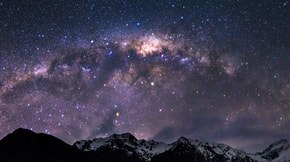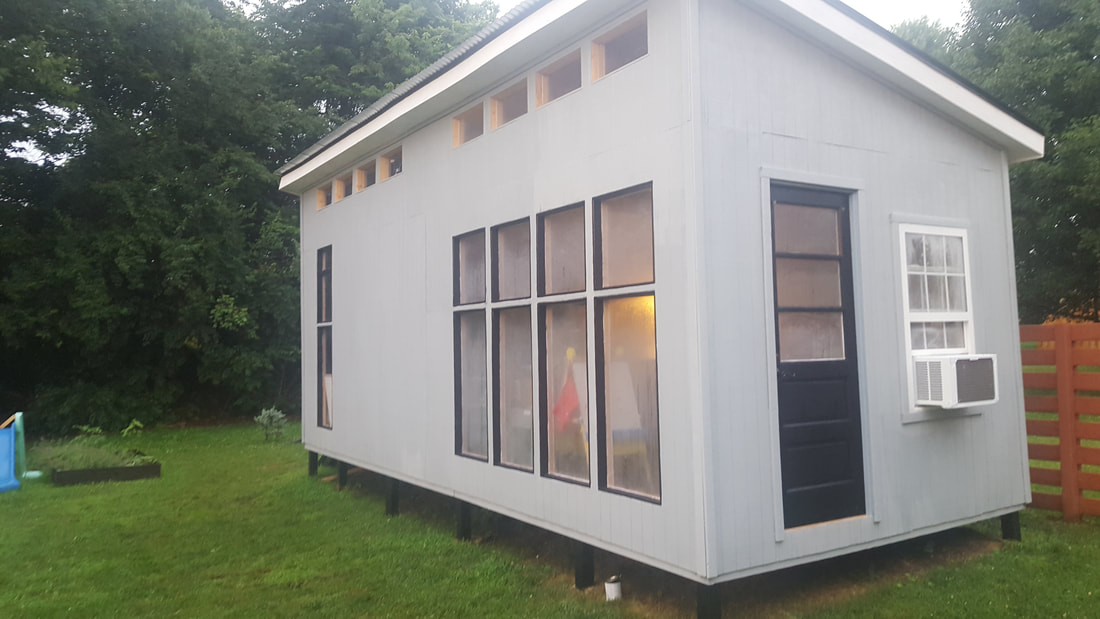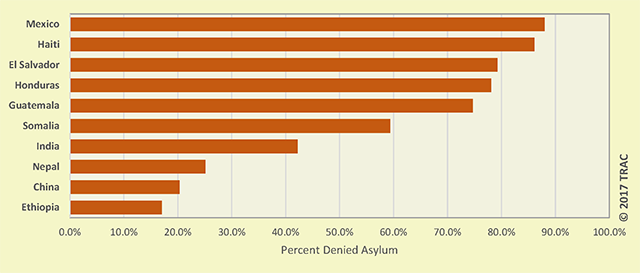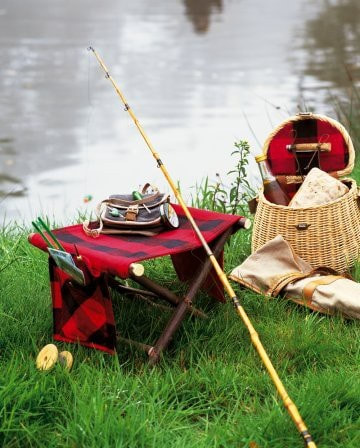
When space debris, such as pieces of rock, enter the earth’s atmosphere the friction causes the surrounding air to become scorching hot. This “shooting star” streaking through the sky surrounded by flaming hot air is a meteor.
The majority of the meteoroids that cause meteors are only the size of a pebble.
Meteors sometimes occur in showers. National Meteor Day is an excellent time to plan for a meteor watching party. Whether you are catching a few stray falling stars or watching an entire meteor shower, head outside with family, friends or solo to map the constellations. You might even get to make a wish or two.
In the Northern Hemisphere, one of the most active meteor showers is the Perseids. Named after the constellation Perseus where the majority of the activity takes place, the meteors are caused by particles released by the comet 109P/Swift-Tuttle. Active from mid-July to late August, the Perseids are known to put on a dazzling display at its peak, especially when the skies are clear and the moon is new.
Meteors are usually observed at night and are visible when they are about 34 to 70 miles above the Earth, and they often disintegrated at about 31 to 51 miles above. Their glow time is usually about a second.
A small percent of meteoroids hit the Earth’s atmosphere and then skip back into space.
The chemical composition and the speed of the meteoroid will cause different hues to the light. Possible colors and elements producing them include:
- Orange/yellow (sodium)
- Yellow (iron)
- Blue/green (copper)
- Purple (potassium)
- Red (silicate)
So, plan a "night out." Gather some friends together, get a blanket and find a place far from the city lights on a cloudless night.



 RSS Feed
RSS Feed